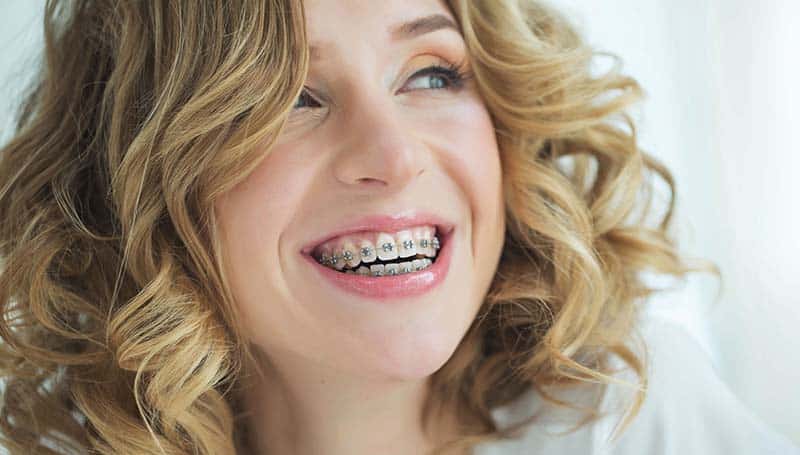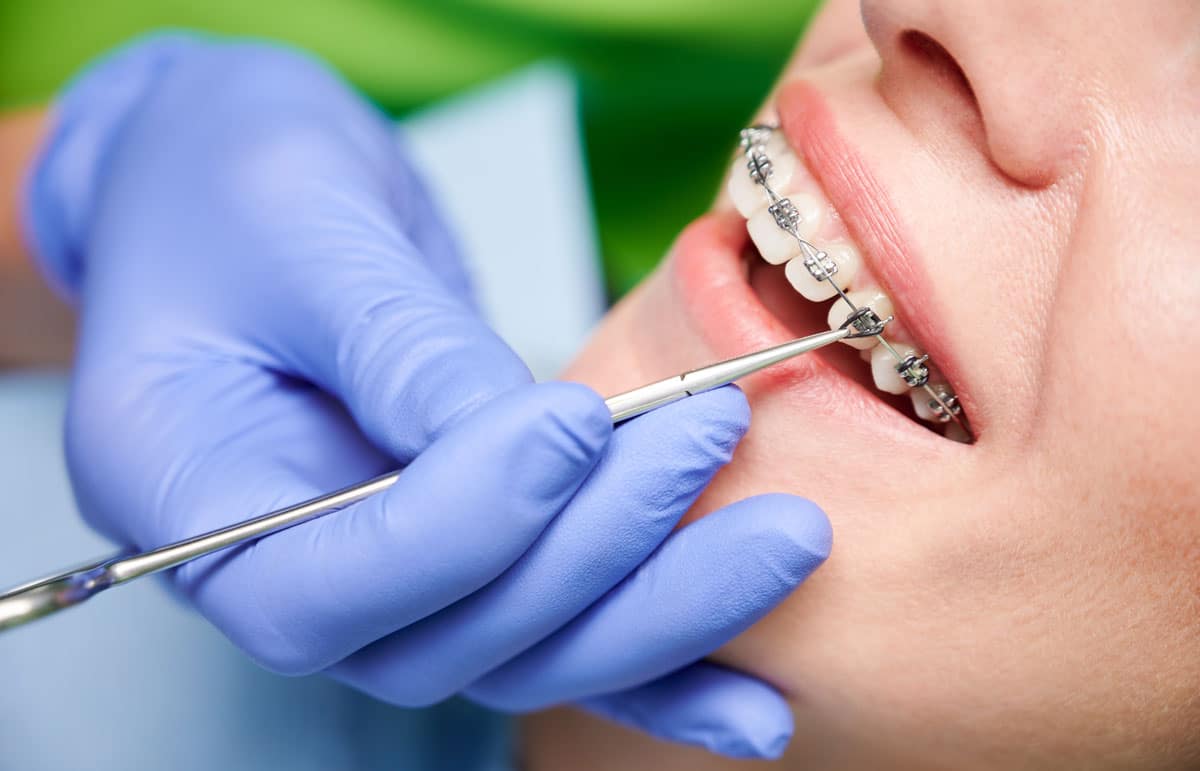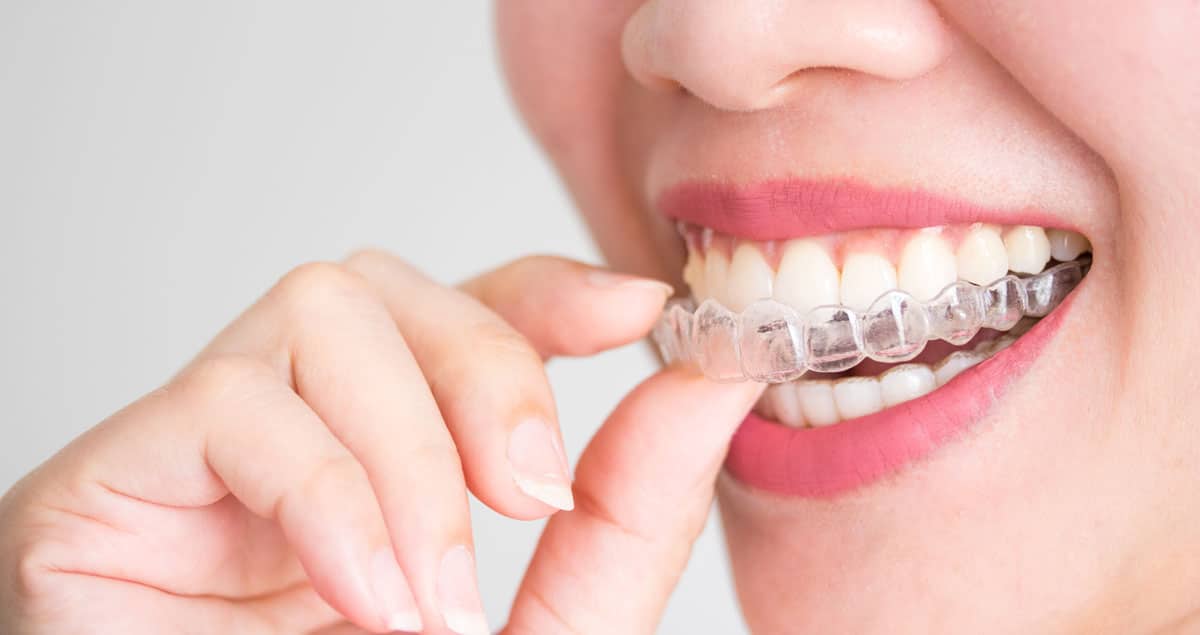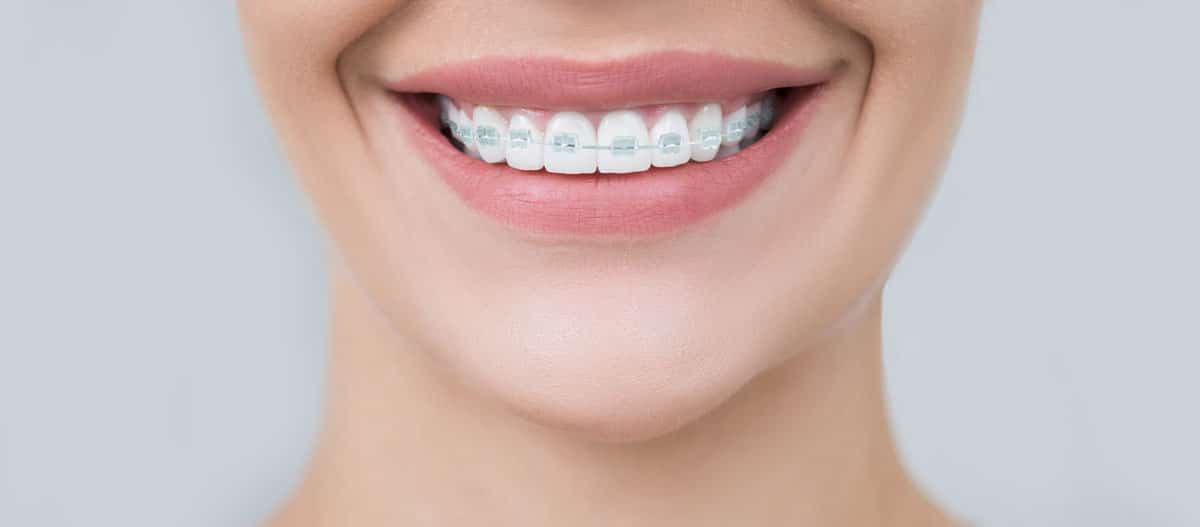 Key Takeaways
Key Takeaways
- Teeth Moving Back: After removing braces, teeth might slowly return to their former state. This is called orthodontic relapse. Causes include age, genetics, and how you care for your teeth.
- Why Retainers Matter: Retainers keep teeth in their new spots after braces. There are two types: you can remove one, and the other stays in place. If you can remember to wear it, choose the removable kind. For non-stop support without remembering, select the fixed retainer. But remember to clean well with the fixed type.
- Pick Your Perfect Retainer: Which is better – removable or fixed? It depends on what you want, how you live, and what your teeth need. The plan is to find a retainer that works – one you’re okay with wearing for a long time.
Have you ever wondered what happens when braces are removed after Orthodontic treatment? One might question whether their smile stays perfect or if teeth return to their old selves. Let’s discuss something called “orthodontic relapse” and the importance of retainers in keeping teeth in place after braces.
Understanding Orthodontic Relapse
After wearing braces for months, maybe years, you don’t want your teeth to return to their old positions – that’ll be a waste of time and money. But teeth can shift back without the proper care. This movement back to their first place is called orthodontic relapse. It can happen slowly and might be due to things like age, natural traits, and how you care for your mouth.
The Importance of Dental Retainers
Retainers are custom-made dental appliances that hold teeth in their new positions after orthodontic treatment. They play a critical role in keeping your teeth straight, helping to prevent teeth from shifting back and maintaining the results achieved through braces or aligners.
Retainers come in two main types: removable and fixed:
| Type of Retainer | Description |
| Removable Retainers | A removable teeth retainer, such as the Hawley retainer, is designed to be removed for eating, brushing, and flossing. It offers flexibility and convenience but requires discipline in wearing it consistently, especially during the initial full-time wear phase. |
| Fixed Retainers | Fixed, bonded, or permanent retainers are attached to the back of teeth using dental cement. These retainers provide continuous support and are ideal for individuals prone to forgetting or losing removable retainers. However, oral hygiene requires special attention to prevent plaque buildup around the wires. |
Choosing the Right Retainer
The choice between removable and fixed teeth retainers depends on various factors, including the patient’s preference, lifestyle, and orthodontic needs. Some patients may benefit from wearing a combination of both types, with a fixed retainer on the lower teeth and a removable retainer for the upper teeth. Ultimately, the goal is to find a retainer solution that is comfortable, effective, and conducive to long-term wear.
Retainer cost
The cost of a suitable retainer can vary depending on several factors, including:
- Retainer type: You’ve got options, like removable ones you can clean or fixed ones stuck to your teeth. The ones you can remove usually cost less.
- Material: Plastic or metal? Different materials mean different costs; metal is usually more expensive.
- Custom-making: This depends on how tricky the dental impressions are and how much adjustment they need to fit just right.
- Location: The cost of dental services, including retainers, can vary depending on the area and the specific dental practice.
On average, patients in London can expect to pay £160 – £200 per arch for a dental removable retainer, with a fixed retainer costing around £265.
Caring for Your Retainer
Proper care of retainers is essential to ensure their effectiveness and longevity. Patients should follow these tips to avoid a dirty or broken retainer:
- Gently brush your retainer daily using a soft toothbrush, mild soap, or baking soda. If you use clear retainers, it is essential to avoid yellow strains.
- Rinse your retainer thoroughly to remove food particles or debris after each use.
- Avoid exposing your retainer to hot water or harsh chemicals, which can damage the material.
- Store your retainer in its case when not in use to protect it from damage or loss.
- Follow your orthodontist’s retainer wear and maintenance instructions for the best results.
The Long-Term Benefits of Retainer Wear
While some natural shifting of teeth may occur over time due to ageing and genetics, wearing retainers as prescribed can minimise the risk of significant relapse. By committing to consistent retainer wear and practising good oral hygiene, patients can enjoy the long-term stability of their beautiful smiles.
Do Retainers straighten your teeth?
No, retainers don’t straighten teeth as braces do. They cannot exert the consistent, gradual force needed to shift teeth into proper alignment. If you’ve neglected to wear your retainer for a period and notice some shifting of your teeth, putting it back on may help gently guide them back to their original position.
Fulham Road Dental – Long-term solutions
Fulham Road Dental provides comprehensive orthodontic services and offers a range of retainer options to help patients maintain the results of their treatment. These custom-fit retainers are tailored to each patient’s orthodontic needs, ensuring optimal comfort and effectiveness.
FAQ’s
How long does it take for teeth to move back after braces?
Teeth can return to their original positions relatively quickly after braces are removed. Orthodontic relapse can occur within a few months to a year after treatment, although the exact timeframe varies for everyone.
Do you have to wear a retainer forever?
While it’s unnecessary to wear a retainer forever, it’s recommended to wear one for an extended period, especially after braces are removed. Many orthodontists advise wearing a retainer full-time for the first few months to a year and then transitioning to nighttime wear indefinitely to maintain the results achieved through orthodontic treatment.
How long do dental retainers last?
The average life span of dental sealants is usually 1 to 5 years. This period can vary depending on the wearer, material, cleaning quality and use frequency.

 Key Takeaways
Key Takeaways

